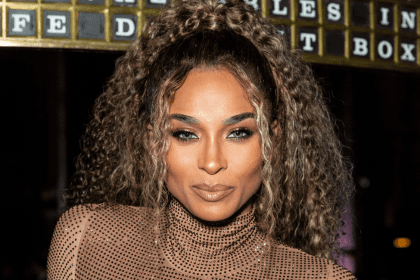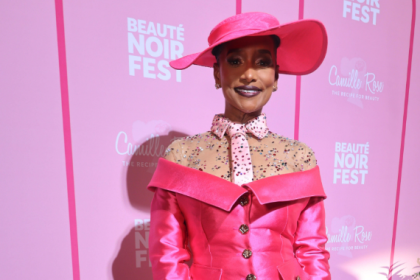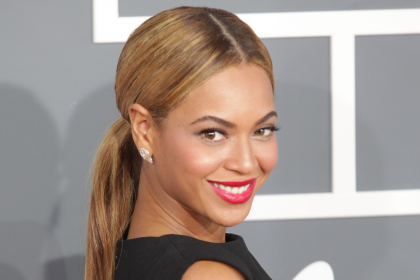
Hair weave is a high-maintenance hairstyle, and a recent report indicates that black and white women are going bald due to weaves and braids, styles that may contribute to a type of permanent hair loss known as central centrifugal cicatricial alopecia, or CCCA.
Central centrifugal cicatricial alopecia is a form of pattern baldness that begins at the crown of the head; 59 percent of black women who participated in the recent study had CCCA.
What is at the root of the proliferation of this condition?
Hairstylists say a healthy weave style demands top-shelf hair extensions, a professional stylist, and your natural hair beneath the weave demands routine upkeep as well.
“Weave-related hair loss is a result of the services that they’re getting and not properly taking care of your hair, not routinely shampooing and conditioning,” celebrity stylist Laqueshon Harris tells rolling out. Harris’ clients have included Judge Glenda Hatchett, Gladys Knight and Naturi Naughton.
Harris explains there are a number of reasons hair extensions are leading to permanent baldness in women:
Unsterilized Hair.
“Women are balding because when the weave is packaged and sent over here, there may be insects in the weave.
During the weaving process, the insects are placed on the scalp and they eat the papilla. When you’re sewing hair in, the hair follicle is open and pulled, and [the insects] go into the client’s hair. The weave comes from overseas, (and this is an issue) if the hair company does not adhere to the guidelines to check on the sterilization of the hair.”
Glue abuse.
“Women are using bottles of glue and suffocating the hair follicle itself and the hair doesn’t have a way to breathe.”
Tight braids.

“Hair is not supposed to be braided so tightly that it remove the hair [from] the follicle.
“When your head is in pain, the pain only stops because the nerve endings have gotten numb and it allows the hair follicles to come out of the hair shaft. That is why when you take your tracks out; your hair is coming out with the braids.”
Wearing the weave for months at a time.
Another reason weave wearers are suffering hair loss is because women wear the weave for far too long, warns Chicago hair stylist Paris Gumbs of Jazzy Nettes.
“You should only wear your weave for three to four weeks. Your scalp needs to breathe; every part of your body needs oxygen,” advises Gumbs.
Wearing the same weave style for more than a month can lead to unsanitary conditions that can also lead to hair loss, Gumbs says. “Fungus grows in the dark, damp area that is on your scalp. Once that starts, your hair will thin out, and after a while, it will fall out.
“Sometimes people sweat [profusely,] and the fungus will grow from constantly wearing gel and spritzes that mask the hair. Take those items out of your hair — wear your style every two weeks and cleanse your scalp. Stay conscious of what you do to your own hair.”
Three Tips to Save Your Hairline
Visit a dermatologist.
“The hair you leave out breaks off because it does not have the support of the rest of the hair on your head,” notes hairstylist Paris Gumbs. “Hair grows from the scalp, and that one strand that you leave out to conceal the weave can’t grow by itself, it needs the support of the other real hair on your head.” If you are losing your hairline to tight braids, a dermatologist can assign a treatment plan that could include medication, and in extreme cases, a hairline transplant procedure.
Avoid lace front wigs.

Your natural hairline must be shaved before the proper placement of the glued lace front wig, and the combination of shaving and strong bonding glue can lead to hair loss, Gumbs says. Gumbs used to work for a lace front wig company.
“Everyone wants to look glamorous, but with the lace front wig, you lose your hairline, and the bonding glue is so strong that it can alter your menstrual cycle. Lace front wigs smother the hair, and the glue is a moisture barrier, so the hair cannot get any oxygen.”
Care for your natural hair.
“You can develop alopecia from neglect,” states Gumbs. “Once the perimeter hair is damaged, it is not coming back. If the hairline has gone to the center of the head, it’s not coming back.”
Always nourish and protect your hairline, once you lose it, it does not grow back.
Photos: Celebrities with awful weaves















